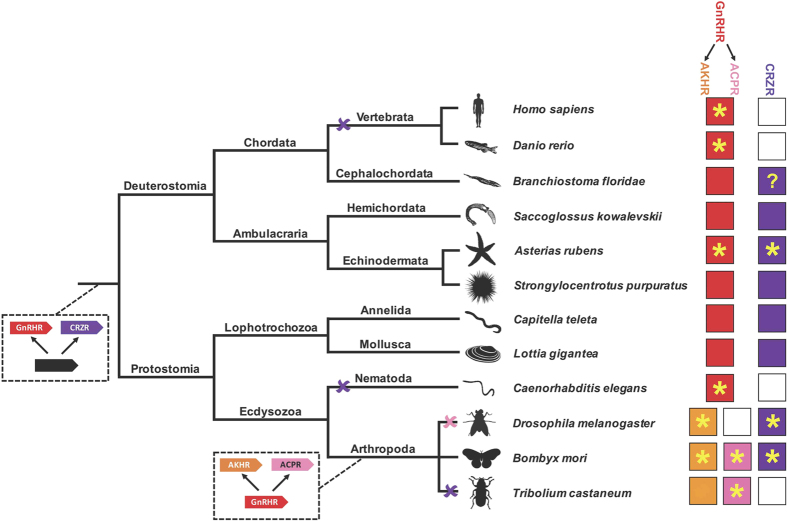Figure 3. Schematic showing the evolution of GnRH-type and CRZ-type receptors in the Bilateria.
GnRH-type receptors (red) and CRZ-type receptors (purple) arose by gene duplication in a common ancestor of the Bilateria. A second gene duplication of a GnRH-type receptor in a common ancestor of the Arthropoda gave rise to AKH-type receptors (orange) and ACP-type receptors (pink). CRZ-type receptors have been lost in multiple lineages (purple crosses), including vertebrates, and the ACP-type receptor has been lost in Drosophila (pink cross). The occurrence of each receptor type in species belonging to different phyla is shown on the right (white box denotes loss of a receptor). Species where neuropeptide ligands for receptors have been identified are labelled with a yellow asterisk. Note that, as reported in this paper, the starfish Asterias rubens is the first and only deuterostome in which the neuropeptide ligands for a GnRH-type receptor and a CRZ-type receptor have been identified. The “?” in the CRZR box for Branchiostoma floridae indicates uncertainty regarding the structure of a candidate ligand, as discussed in the main text of this paper. Images of representative animals from each phylum were created by the authors, with the exception of the sea urchin image, which was obtained from https://openclipart.org/detail/170807/sea-urchin-silhouette.

